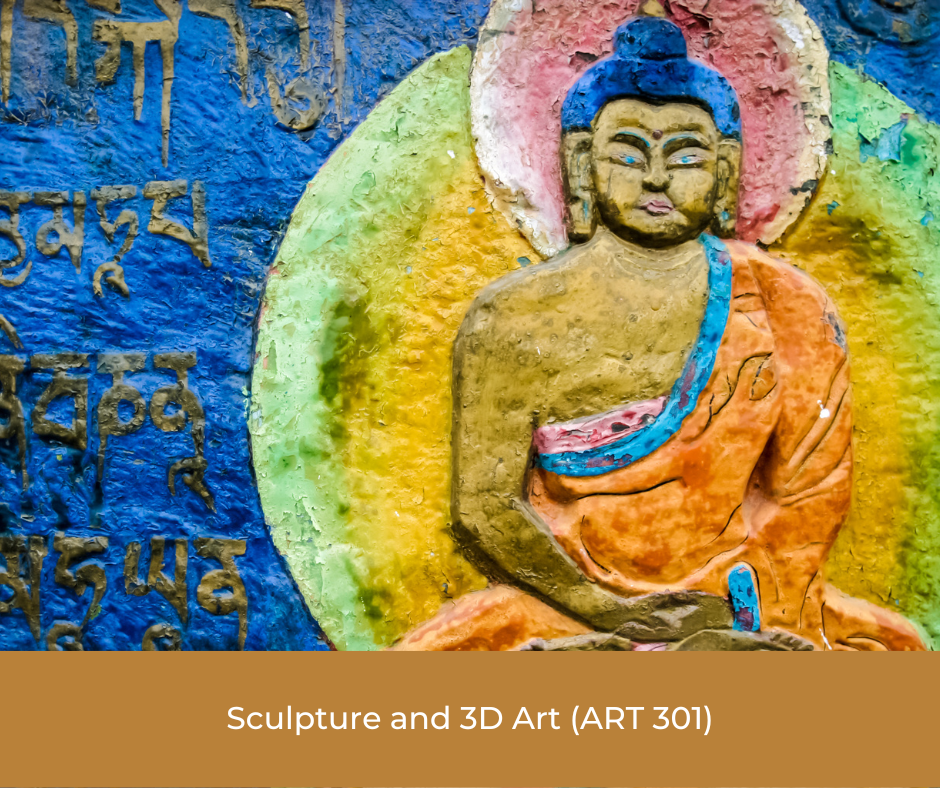Your cart is currently empty!
Art History and Critique (ART 302)

Course Description
Art History and Critique (ART 302) is a comprehensive course that offers a survey of art history, spanning from ancient civilizations to contemporary art movements. Throughout the course, students will engage in critical analysis and critique of artworks from various periods, gaining insight into the evolution of artistic styles, influential artists, and significant art movements.
Outline of Major Content Areas
- Introduction to Art History: An overview of the study of art history, including key terminology, methods, and approaches to analyzing artworks.
- Prehistoric and Ancient Art: Exploration of art from prehistoric times through ancient civilizations, including cave paintings, Egyptian art, and classical Greek and Roman art.
- Medieval and Renaissance Art: Examination of art during the medieval period and the Italian Renaissance, highlighting key artists like Leonardo da Vinci and Michelangelo.
- Baroque to Romantic Art: Study of Baroque, Rococo, and Romantic art periods, including notable artists such as Caravaggio, Rembrandt, and Delacroix.
- 19th and 20th Century Art: Exploration of major art movements of the 19th and 20th centuries, including Impressionism, Cubism, Surrealism, and Abstract Expressionism.
- Contemporary Art: Analysis of contemporary art movements and trends, with a focus on influential artists working in various media.
- Critical Analysis and Art Critique: Instruction on the principles of critical analysis and critique, involving discussions of form, content, context, and interpretation.
- Research and Presentation: Development of research skills, including the preparation and delivery of presentations on selected artists, artworks, or art movements.
Course Learning Outcomes
Upon successful completion of Art History and Critique (ART 302), students will:
- Historical Perspective: Acquire a broad understanding of art history, spanning from ancient civilizations to contemporary art movements.
- Analytical Skills: Develop the ability to critically analyze and evaluate artworks using appropriate art historical methodologies.
- Artistic Influence: Identify and describe the contributions of influential artists, art movements, and historical periods to the evolution of art.
- Interpretation: Interpret and discuss artworks in terms of their form, content, cultural context, and artistic intentions.
- Research Proficiency: Enhance research skills through exploration of art history topics and the presentation of findings.
- Art Critique: Demonstrate the capacity to provide constructive and informed critiques of artworks.
Methods for Assessing Student Learning
Assessment in Art History and Critique (ART 302) is designed to evaluate students’ comprehension of art history concepts and their ability to engage in critical analysis. Assessment methods include:
- Examinations: Periodic quizzes and examinations assessing knowledge of key artists, art movements, and historical contexts.
- Research Papers: Students will complete research papers on selected artists, artworks, or art movements, demonstrating their research and writing skills.
- Art Critique Assignments: Analysis and critique of assigned artworks, evaluating students’ ability to interpret and discuss visual art.
- Class Discussions: Participation in class discussions, where students engage in critical dialogue about artworks and art historical topics.
- Presentations: Individual or group presentations on selected art history subjects, demonstrating research proficiency and public speaking skills.
Art History and Critique (ART 302) provides students with a comprehensive foundation in the history of art, equipping them with the skills to critically analyze and interpret artworks, while also gaining insights into the broader cultural and historical contexts of artistic production.